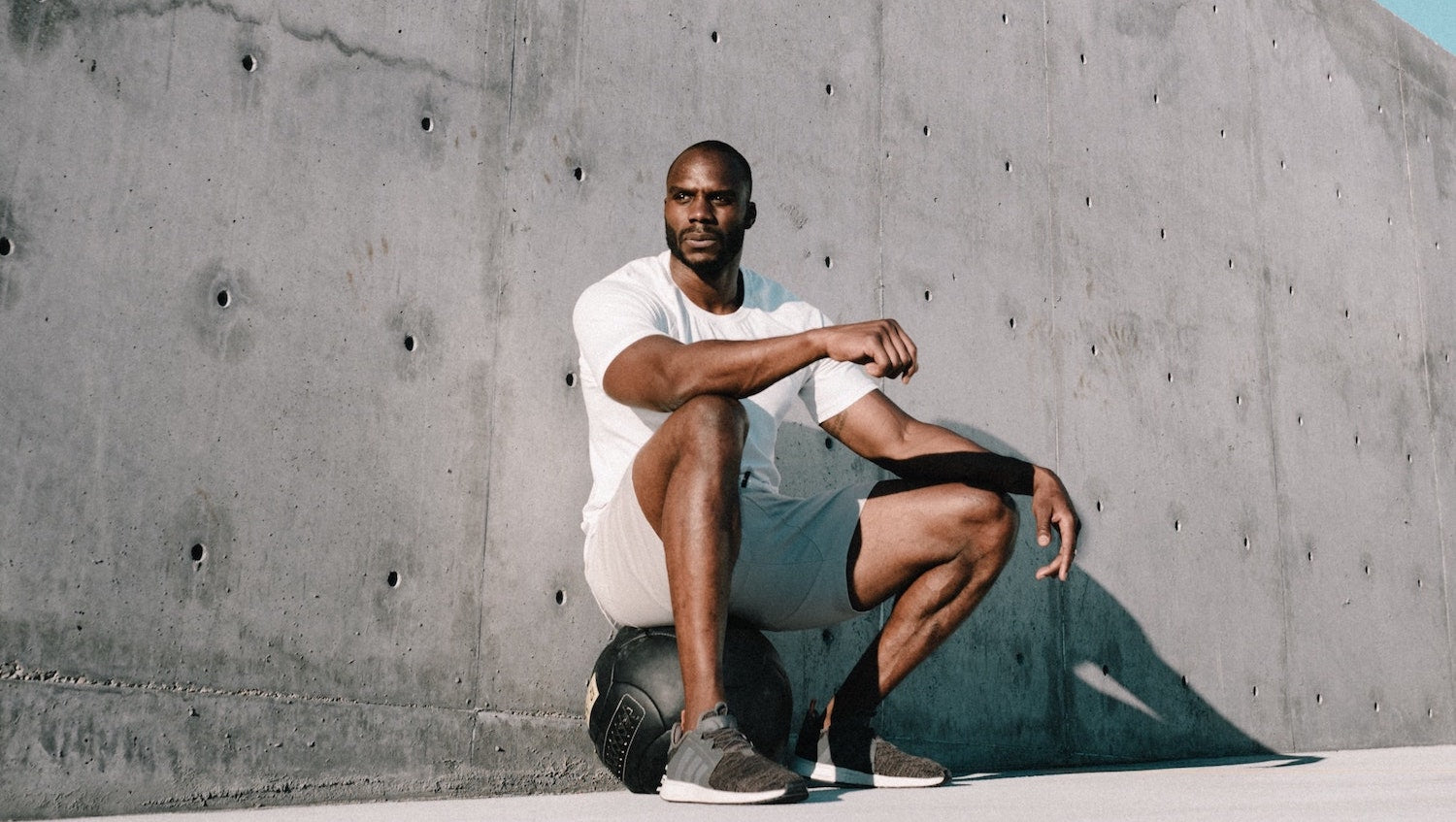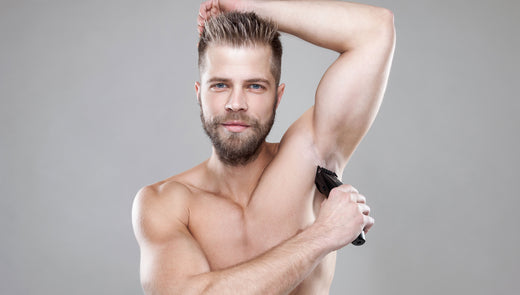Your Cart is Empty

The actual cost of living with hyperhidrosis – excessive sweating – can be staggering. When living with this condition, many people spend copious amounts of money trying to manage – and hide – the embarrassing outcomes of excessive sweating.
When you consider how much money you spend managing excessive sweating, it might make sense to invest in treatments. Insurance may not cover hyperhidrosis treatment in all cases, so many who suffer from hyperhidrosis weigh out-of-pocket costs against the costs of living with the condition.
Here is a look at the most common costs associated with hyperhidrosis.
This post was originally published in March 2019, and was updated May 2023, 2024, and 2025.

There are many products and treatments available to help combat sweating. We’ve compiled a list of the most common hyperhidrosis solutions and the average U.S. costs for each.
Most over-the-counter treatments for excessive sweating come in the form of antiperspirants containing aluminum chloride to block sweat. Besides the underarms, these products can be applied to many areas of the body. Results vary from person to person.
In general, over-the-counter hyperhidrosis treatments range in price from $8 to $25 depending on the size and strength of the product. They are not covered by health insurance.
Topical glycopyrrolate requires a prescription, which must be filled at a compounding pharmacy. It can be used on the face, hands, feet, and underarms. The cost of glycopyrrolate cream is $50-$85, and it is usually covered by health insurance.
Glycopyrrolate and oxybutynin are the most common oral medications for hyperhidrosis. They are typically used to treat excessive sweating of the hands, feet, and underarms. The cost of oral glycopyrrolate and oxybutynin ranges from $15 to $300, and health insurance coverage varies. (Please note, insurance coverage can significantly reduce out-of-pocket expenses.)
Botox injections can prevent the activation of sweat glands on the hands, feet, and underarms. The treatment is not permanent and may require additional injections as the efficacy diminishes. Botox treatment for excessive sweating costs approximately $1,000-$1,500 for both underarms, and it is often covered by health insurance.
Endoscopic thoracic sympathectomy (ETS) is a permanent, yet risky surgery to treat excessive sweating. It is usually performed on the hands, feet, and underarms. While the procedure ends perspiration in key areas, it may result in compensatory sweating in other areas of the body.
ETS surgery costs range between $5,000-$20,000 (excluding anesthesia and medications). Endoscopic thoracic sympathectomy is covered by health insurance if other treatments have failed.

miraDry is a nonsurgical hyperhidrosis treatment that permanently destroys sweat cells using thermal energy. It is FDA-cleared to treat underarm sweating and odor, and may only require one treatment.
The cost of miraDry treatment typically ranges from $1,200 to $3,000 per session. However, this can vary based on factors such as your location, the healthcare provider, and individual candidate needs. At this time, the procedure and miraDry cost is not covered by health insurance in most cases.
Specialized undergarments, such as Ejis sweat proof basics, are designed to keep sweat from reaching clothing and shoes. Some products also contain embedded silver to fight odor-causing bacteria. Sweat proof apparel allows you to dress with confidence without worrying about staining, wet marks, or odor. Sweat proof undershirt prices vary depending on the brand, ranging from $30-$40.
As we’ve discussed, hyperhidrosis treatments are covered by insurance in many cases, but not all. It depends on your insurance provider, of course, so you’ll want to discuss treatment options with your physician and your healthcare plan provider.
The International Hyperhidrosis Society keeps a list of insurance companies that cover hyperhidrosis treatments.
Your physician may be able to help get your insurance provider to cover hyperhidrosis treatments by submitting a hyperhidrosis pre-authorization request and a letter of medical necessity. Talk to your doctor about these options when considering treatment.
If you want to explore medical options to treat hyperhidrosis, you can find extensive information from the International Hyperhidrosis Society or when visiting your healthcare provider.
While you seek out ways to manage your hyperhidrosis symptoms, protect your clothes with Ejis sweat proof undergarments (available in our shop or on Amazon). Our sweat proof undershirts and boxer briefs have a silent waterproof layer to prevent sweat from reaching your clothes. They also have antimicrobial technology to control odor-causing bacteria to help you feel fresh and confident.
This article is for informational purposes only and is not intended to serve as a substitute for the consultation, diagnosis, and/or medical treatment of a qualified physician or healthcare provider.


